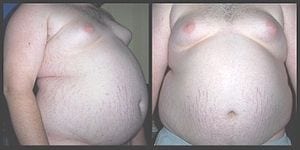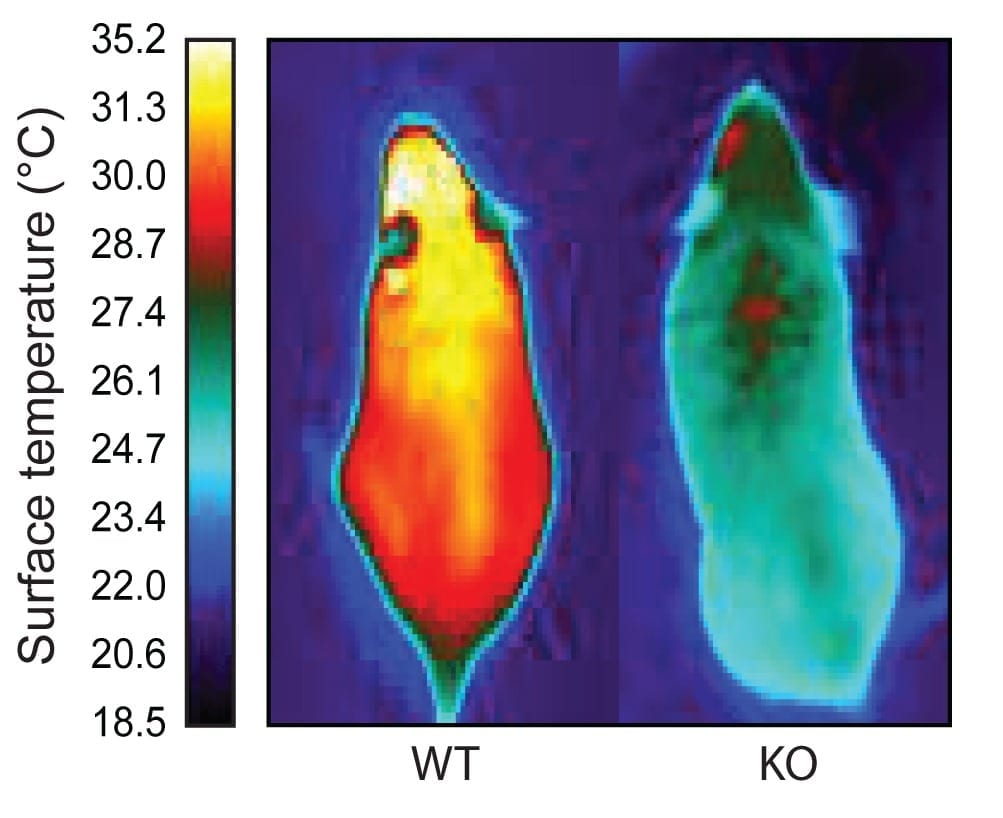
With more than a third of children and adolescents overweight or obese — a statistic that has tripled within the past three decades — the prevalence of childhood obesity has reached epidemic levels by most estimations.
While the indisputable facts have prompted a significant amount of legislative initiatives and public awareness campaigns aimed at reversal, individual instances do not always receive the attention needed for case-by-case prevention. This is particularly true when parents and families fail to understand the severity that obesity bears on a child’s short and long-term health outcomes.
Perhaps more difficult to offset than obesity itself are the co-morbid complications that are often undiagnosed until the end of the preventative phase. Physicians would welcome a non-invasive, painless way to provide families with a scientific and measurable assessment showing that a child’s weight affects his or her likelihood of developing an array of chronic diseases.
A new study that fellow researchers at Cleveland Clinic Children’s Hospital and I are presenting at this year’s Digestive Disease Week (DDW) conference makes such concrete evidence easier than ever to access — less painful than the prick of a needle during an annual physical examination and easier still than a urinalysis.
Imagine — a breath test that assesses whether a child is obese, while also giving clues as to a child’s likelihood of developing chronic conditions such as diabetes, fatty liver disease and sleep apnea. It could be a critical research tool for physicians and an imperative wake-up call for parents.
Like a fingerprint, this breath test offers an analytical snapshot of the volatile organic compounds in breath that are unique to each individual. In our study, the test identified obese children as compared to their lean counterparts at an accuracy rate of 92 percent.
What makes the study so important lies within the promise to expound upon its results. It is estimated that the recent skyrocket in type 2 diabetes rates, a condition previously uncommon among children, is directly linked to a steady rise in obesity nationwide.
The Latest Bing News on:
Obesity
- Lexi had surgery for obesity at 12. Now she could be facing a lifetime on weight-loss drugson April 27, 2024 at 1:41 pm
One in five children and adolescents in the United States are affected by obesity. And parents are turning to radical treatments like surgery and weight-loss drugs.
- FDA approves first treatment to reduce risk of serious heart problems specifically in adults with obesity or overweighton April 26, 2024 at 9:58 am
The U.S. Food and Drug Administration recently approved a new indication for use for Wegovy (semaglutide) injection to reduce the risk of cardiovascular death, heart attack and stroke in adults with ...
- Why the obesity drug market is about to get a lot more crowdedon April 26, 2024 at 7:48 am
The U.S. is set to see a surge in obesity drug introductions over the next five years. Here’s a rundown of the potential entrants.
- Managing Obesity Can Lead to Sarcopenia: A 'Hidden' Problemon April 25, 2024 at 5:00 pm
ASUNCIÓN, PARAGUAY — Sarcopenic obesity, which is characterized by excess adiposity and muscle loss, is an "underestimated and underdiagnosed" condition, said the panelists at a session of the XV ...
- Advocates urge Austin to act on active duty obesity ‘epidemic’on April 25, 2024 at 12:45 pm
In a 2022 report, the Centers for Disease Control and Prevention found that 19% of active duty service members were obese, up from 16% in 2015. The report said DOD spends about $1.5 billion a year in ...
- 3 Foods That Make It Ridiculously Hard to Lose Belly Fat, According to Obesity Medicine Docson April 25, 2024 at 3:25 am
"Diet is what contributes to losing or gaining fat," says Dr. Mir Ali, MD, a bariatric surgeon and medical director of MemorialCare Surgical Weight Loss Center at Orange Coast Medical Center. "The ...
- 1 in 4 Medicare beneficiaries with obesity could get Wegovy despite coverage banon April 24, 2024 at 3:00 am
An estimated 3.6 million Medicare beneficiaries could potentially access Wegovy now that the Food and Drug Administration (FDA) approved the drug for reducing the risk of incidents related to ...
- Obesity in Wales worse than feared - researcherson April 23, 2024 at 2:54 pm
According to official figures, 26% of adults in Wales are classed as obese, but the innovation charity Nesta says the true figure is 34%, the equivalent of an extra 200,000 people. That would make ...
- Natural obesity fighters: How coffee, tea, and cocoa combat weight gainon April 22, 2024 at 7:03 pm
A review in Current Research in Food Science explores how bioactive compounds in coffee, tea, and cocoa combat obesity by inhibiting white adipogenesis and promoting brown adipogenesis and lipolysis.
- Working Out in the Evening Linked to Greater Health Benefits for People Who Have Obesityon April 22, 2024 at 10:36 am
People with obesity saw greatest long-term health benefits when they exercised between 6 p.m. and midnight, according to a new study.
The Latest Google Headlines on:
Obesity
[google_news title=”” keyword=”obesity ” num_posts=”10″ blurb_length=”0″ show_thumb=”left”]
The Latest Bing News on:
Breathprints
- Feed has no items.
The Latest Google Headlines on:
Breathprints
[google_news title=”” keyword=”Breathprints” num_posts=”10″ blurb_length=”0″ show_thumb=”left”]










